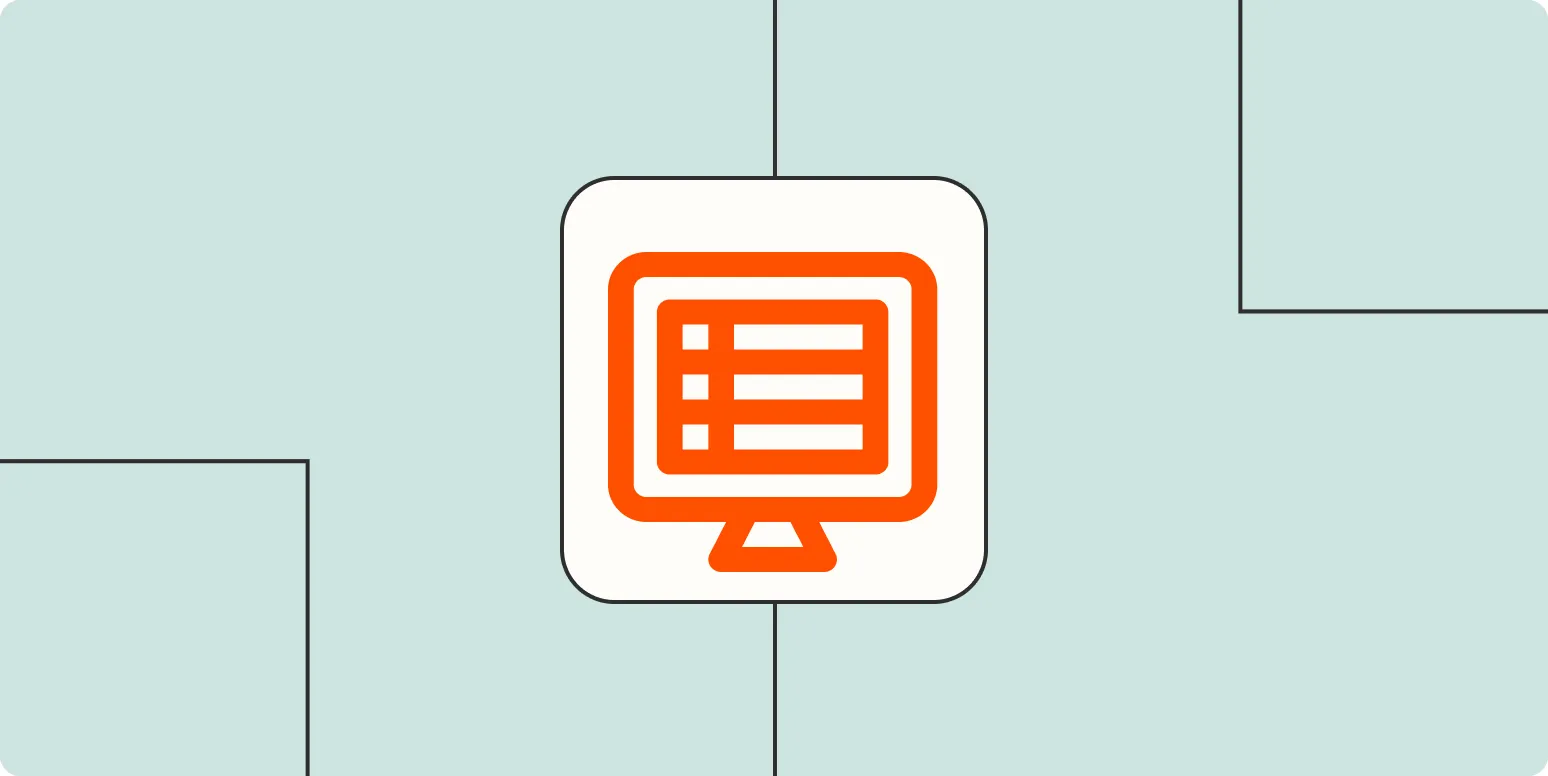For freelancers, managing client information effectively is crucial for maintaining strong relationships and ensuring smooth business operations. A simple client database template can help you keep track of essential details about your clients, projects, and communications. This article outlines a straightforward client database template, available in various forms such as tables, which can be easily adapted to suit your needs.
Key Components of a Client Database Template
When creating your client database, it’s important to include several key components that will help you stay organized. Below are the essential fields you should consider integrating into your template:
- Client Name: The full name of your client.
- Contact Information: Phone number, email address, and physical address.
- Project Details: Description of the project you are working on, including deadlines and deliverables.
- Status: Current status of the project (e.g., ongoing, completed, or pending).
- Payment Information: Payment terms, amounts, and due dates.
- Notes: Any additional information or comments about the client or project.
Sample Client Database Template
Below is a simple table format for your client database template. This format allows you to quickly view and update client information without any hassle:
| Client Name | Contact Information | Project Details | Status | Payment Information | Notes |
|---|---|---|---|---|---|
| John Doe | [email protected] | (123) 456-7890 | Website Redesign - Due by 12/31/2023 | Ongoing | $1,500 - Payment due on 1/15/2024 | Client prefers weekly updates. |
| Jane Smith | [email protected] | (987) 654-3210 | Social Media Management - Monthly | Completed | $600 - Paid on 11/30/2023 | Client wants to review stats monthly. |
Benefits of Using a Client Database Template
Implementing a client database template offers numerous benefits for freelancers:
- Organization: Storing all client information in one place helps you stay organized, reducing the risk of miscommunication.
- Efficiency: With a structured template, you can quickly access and update client details, saving you valuable time.
- Professionalism: A well-maintained client database reflects professionalism, enhancing your reputation with clients.
- Follow-Up: Keeping track of communication history allows for effective follow-ups and personalized interactions.
How to Customize Your Client Database Template
While the sample table provided above serves as a great starting point, you can easily customize your client database template to fit your specific needs. Consider the following adjustments:
- Add or Remove Fields: Depending on your business model, you may want to include additional fields, such as referral sources or preferred communication methods.
- Color Coding: Use color coding to highlight important information, such as overdue payments or urgent projects.
- Integrate with Software: If you use project management or accounting software, consider integrating your client database to streamline processes.
Tools for Creating Your Client Database
There are various tools available that can help you create and manage your client database effectively:
- Spreadsheet Software: Programs like Microsoft Excel or Google Sheets are perfect for creating customizable tables.
- Database Software: Consider using database solutions like Airtable or Notion, which offer more advanced features for client management.
- CRM Software: Customer Relationship Management (CRM) tools like HubSpot or Zoho can provide comprehensive solutions for managing client interactions and data.
Conclusion
A simple client database template is an invaluable resource for freelancers looking to enhance their client management practices. By organizing essential client information in an easy-to-read format, you can improve efficiency, professionalism, and ultimately, client satisfaction. Whether you choose to use a basic spreadsheet or invest in more advanced software, having a solid client database will help you grow your freelance business and maintain lasting relationships with clients.





